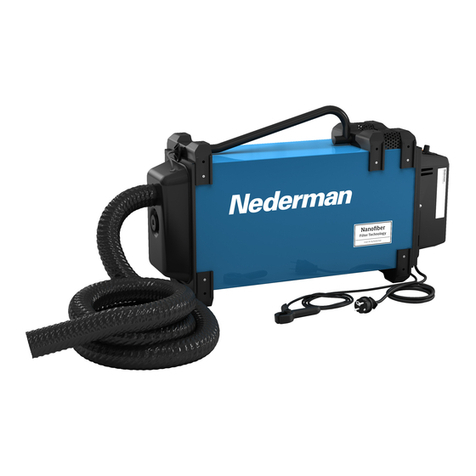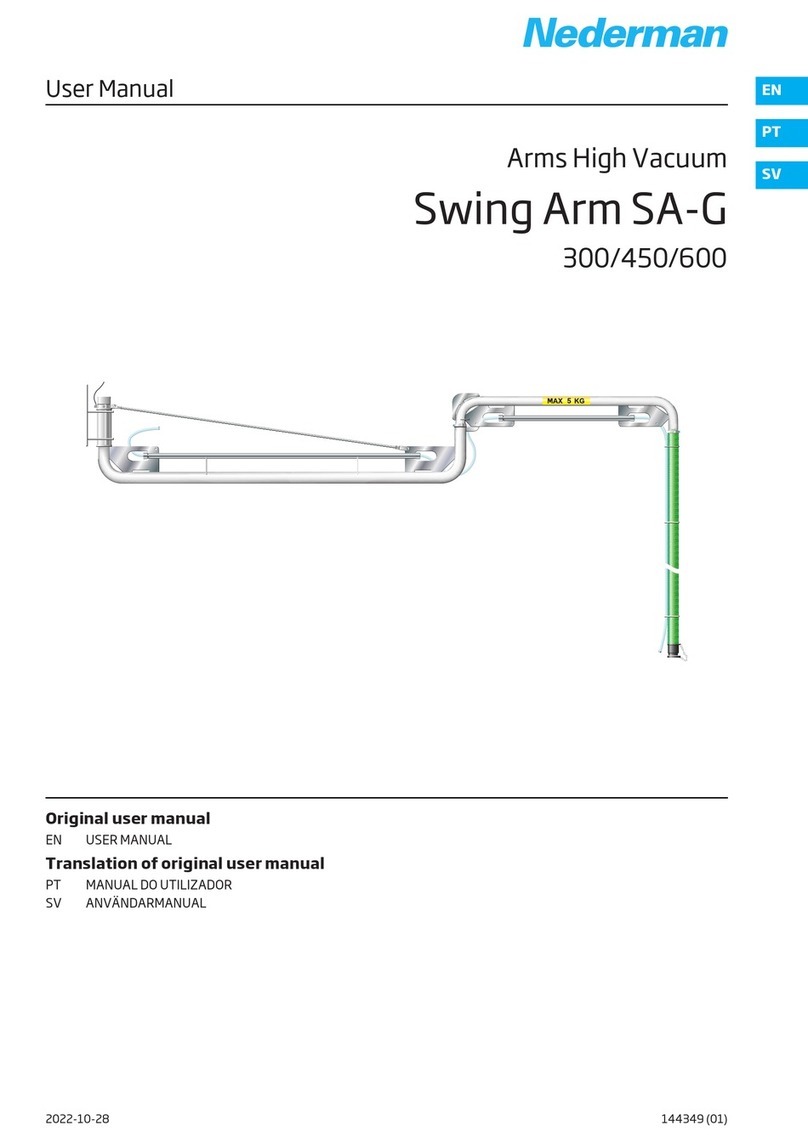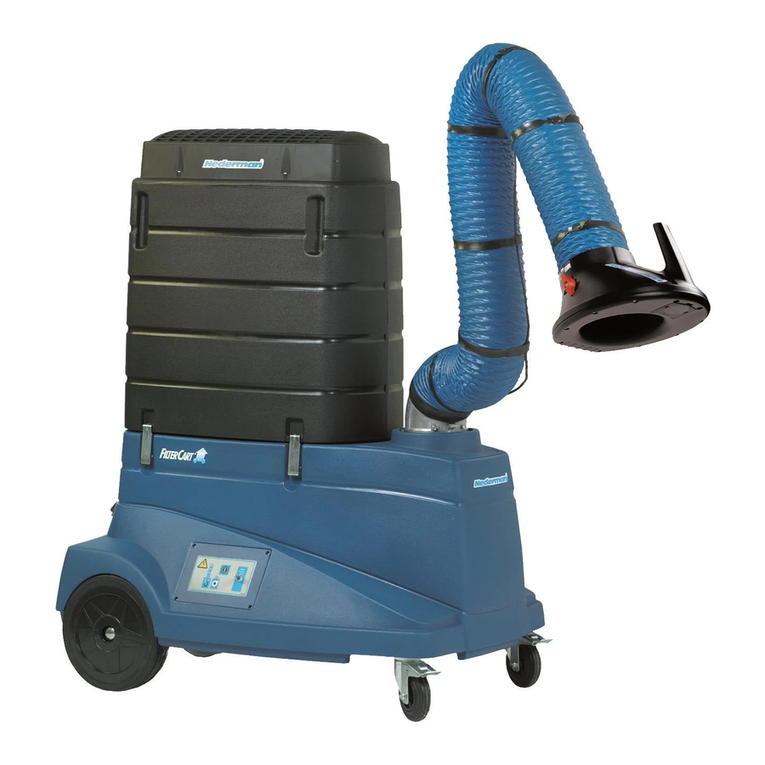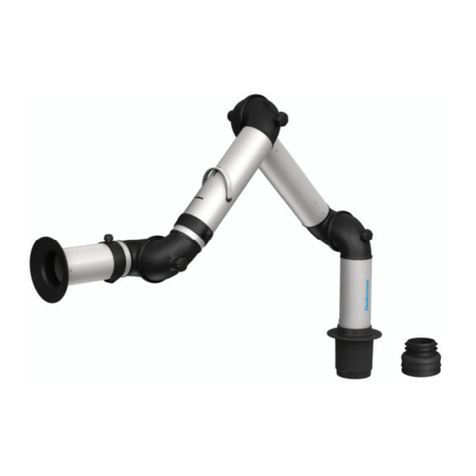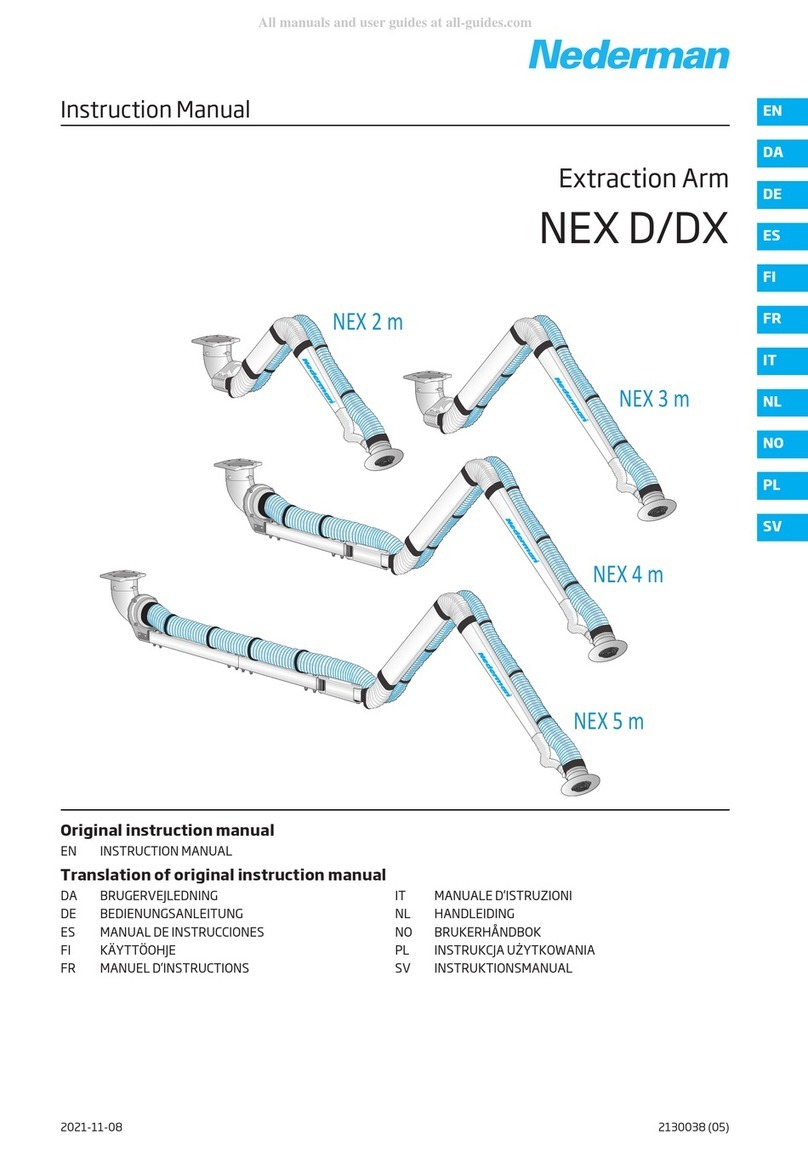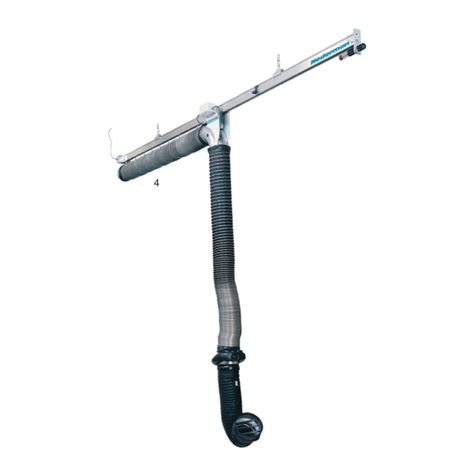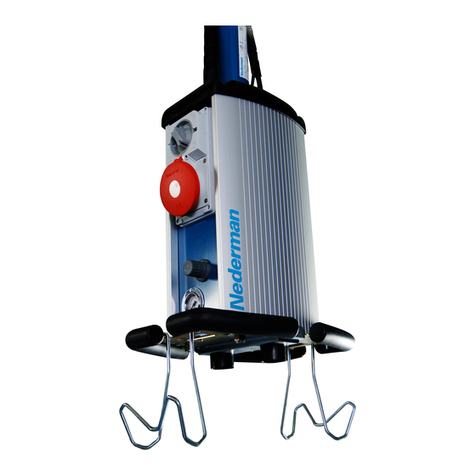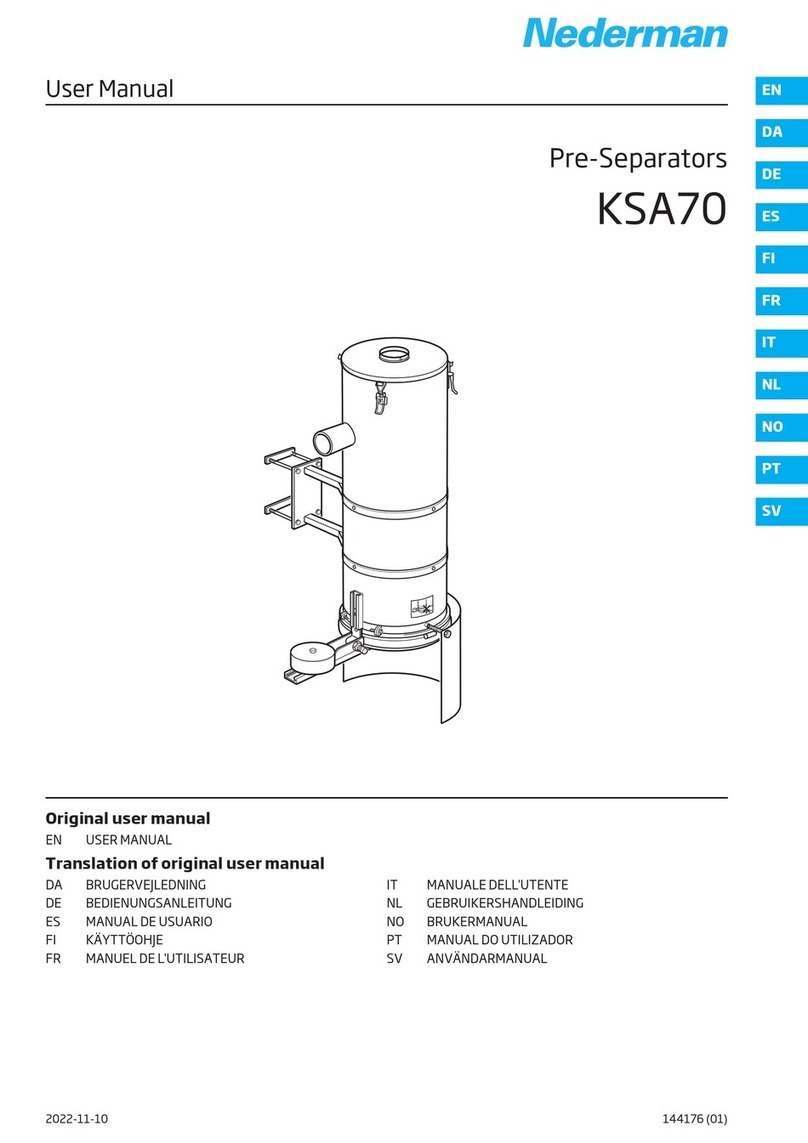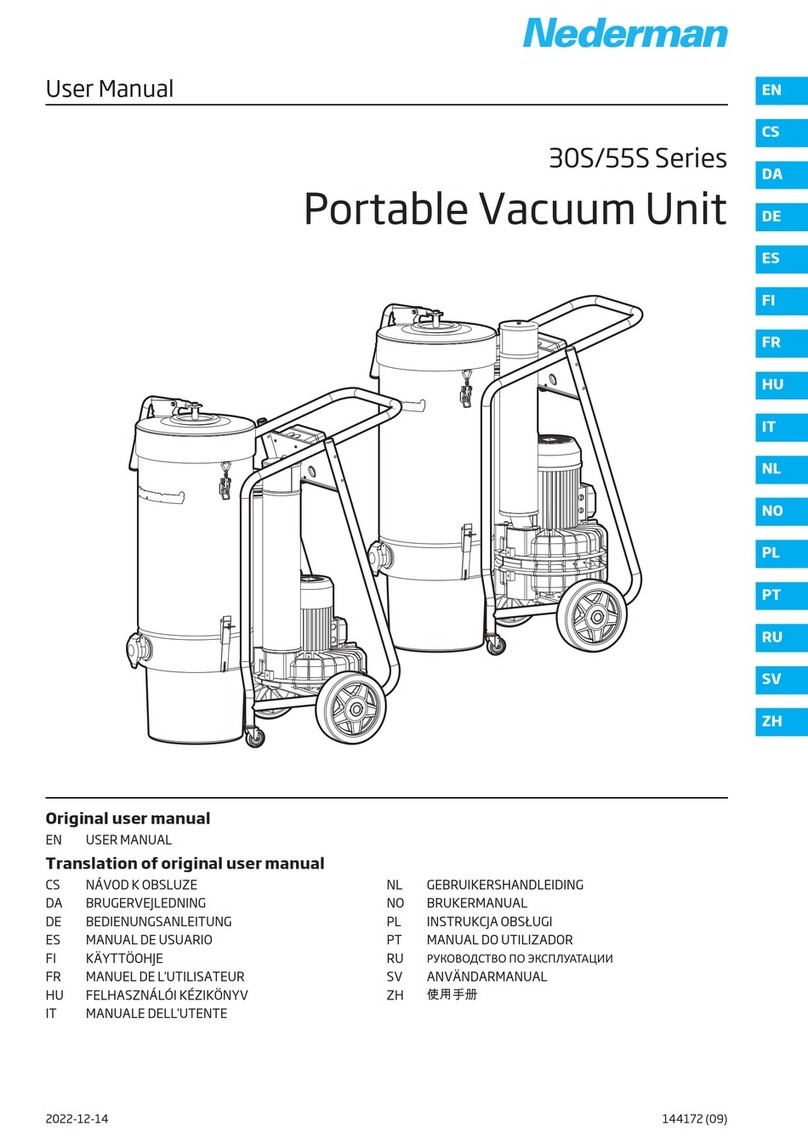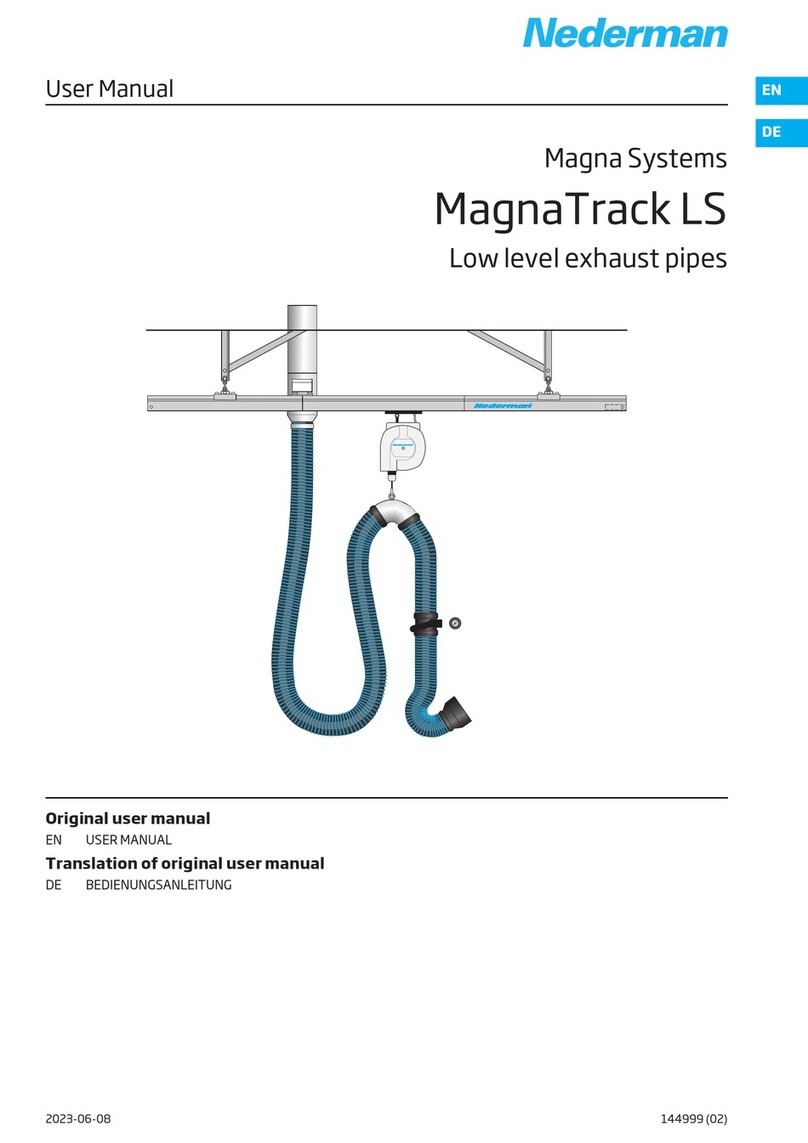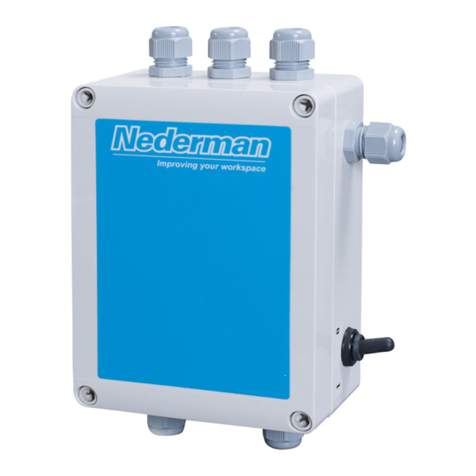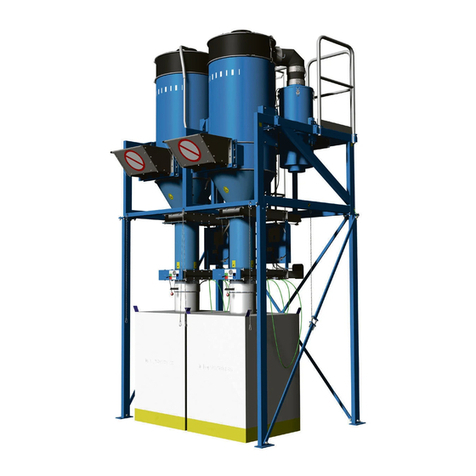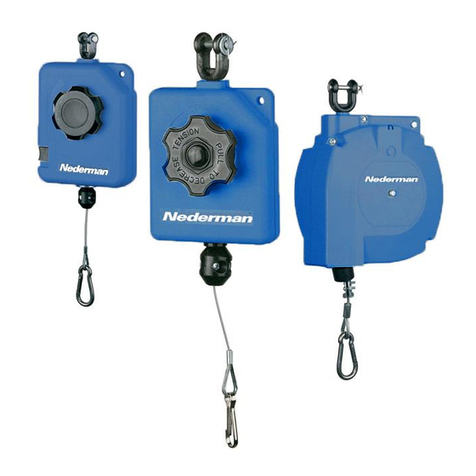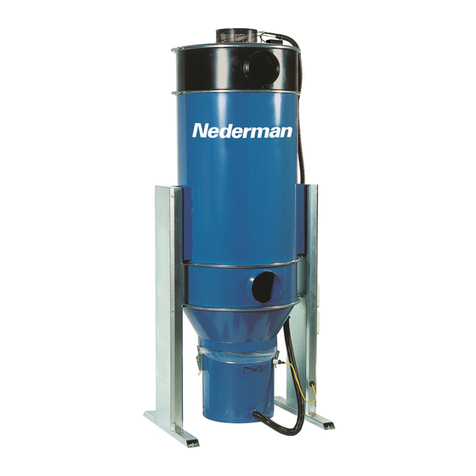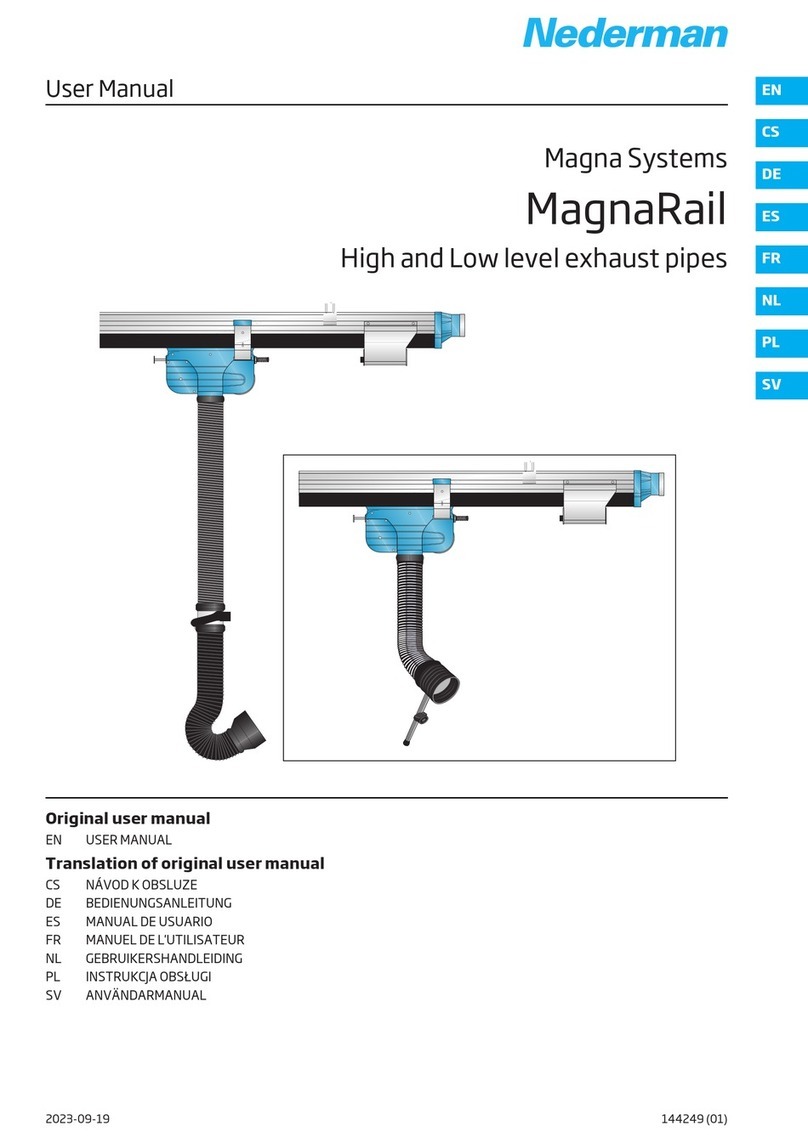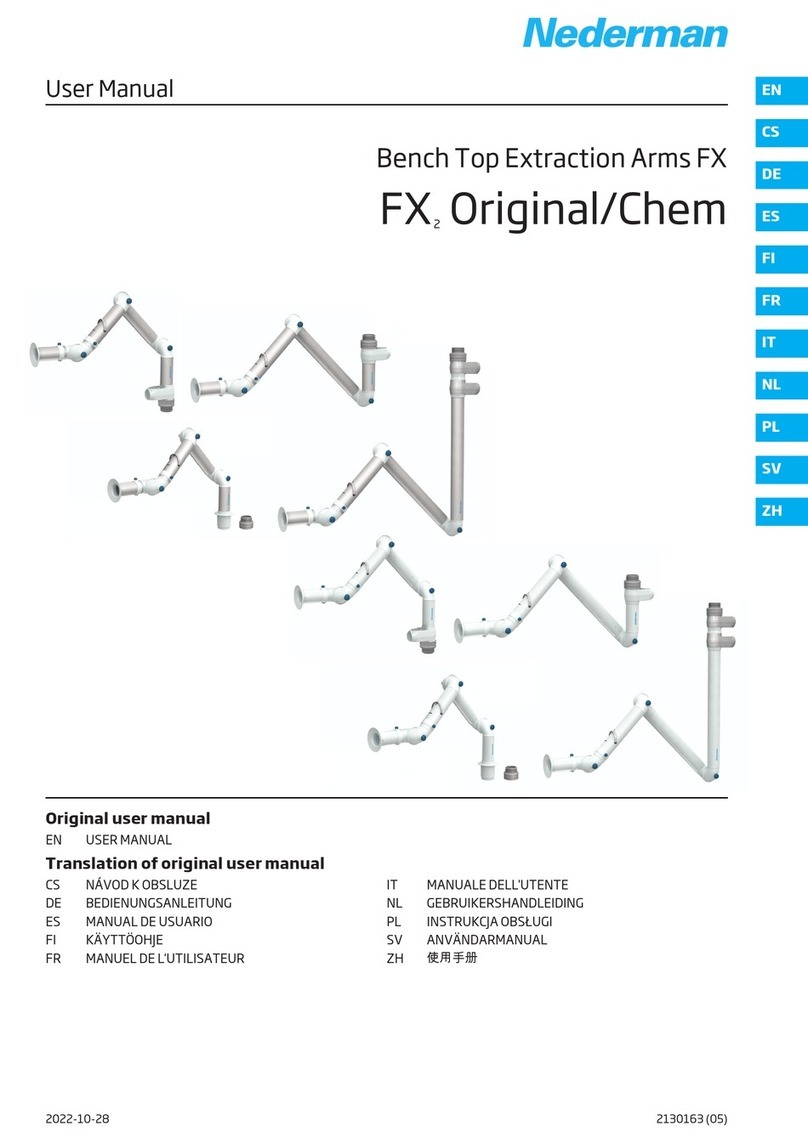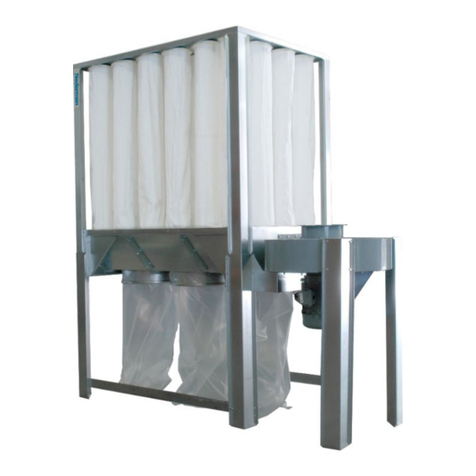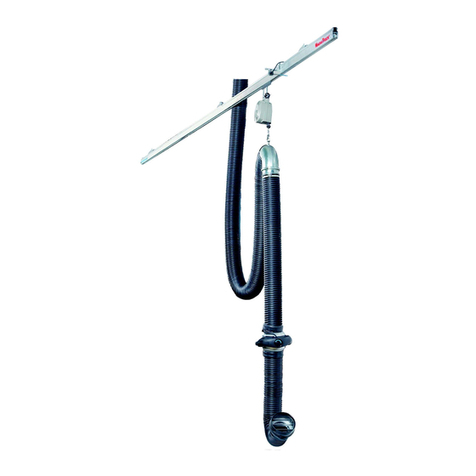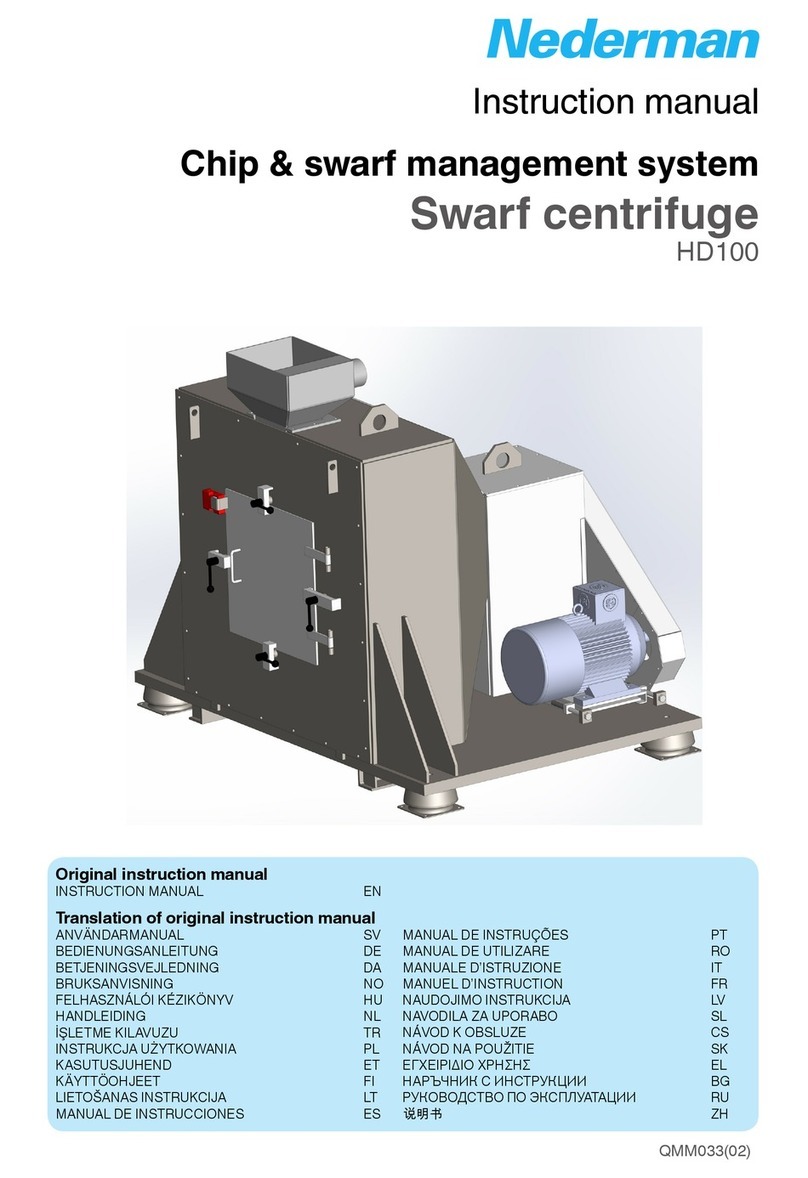
NEX S
Declaration of onformity
EN English
Declaration of onformity
We, AB Ph. Nederman & Co., declare under our sole responsibility that
the Nederman product:
NEX S (Part No. **, and stated versions of **) to which this declaration
relates, is in conformity with all the relevant provisions of the following
directives and standards:
Directives
2006/42/EC.
Standards
EN ISO 12100:2010, EN ISO 20607:2019, EN ISO 1127-1:2019.
he name and signature at the end of this document is the person re-
sponsible for both the declaration of conformity and the technical file.
DA Dansk
Overensstemmelseserklæring
AB Ph. Nederman & Co., erklærer som eneansvarlige, at følgende pro-
dukt fra Nederman:
NEX S (Artikel nr. **, og erklærede versioner af **), som denne erklæ-
ring vedrører, er i overensstemmelse med alle de relevante bestem-
melser i de følgende direktiver og standarder:
Direktiver
2006/42/EC.
Standarder
EN ISO 12100:2010, EN ISO 20607:2019, EN ISO 1127-1:2019.
Navnet og underskriften sidst i dette dokument tilhører den person,
der er ansvarlig for såvel overensstemmelseserklæringen som den tek-
niske dokumentation.
DE Deutch
Konformitätserklärung
Wir, AB Ph. Nederman & Co., erklären in alleiniger Verantwortung, dass
das Nederman Produkt:
NEX S (Art.-Nr. **, und bauartgleiche Versionen **), auf welches sich
diese Erklärung bezieht, mit allen einschlägigen Bestimmungen der fol-
genden Richtlinien und Normen übereinstimmt:
Richtlinien
2006/42/EC.
Standards
EN ISO 12100:2010, EN ISO 20607:2019, EN ISO 1127-1:2019.
Der Name und die Unterschrift am Ende dieses Dokuments sind die für
die Konformitätserklärung und die technischen Unterlagen verant-
wortlichen Personen.
ES Español
Declaración de onformidad
Nosotros, AB Ph. Nederman & Co., declaramos bajo nuestra exclusiva
responsabilidad que el producto de Nederman,
NEX S (Ref. n.º ** y las versiones indicadas de **), al que hace referen-
cia esta declaración, cumple con todas las provisiones relevantes de las
Directivas y normas que se indican a continuación:
Directivas
2006/42/EC.
Normas
EN ISO 12100:2010, EN ISO 20607:2019, EN ISO 1127-1:2019.
El nombre y firma que figuran al final de este documento corresponden
a la persona responsable, tanto de la declaración como de la ficha técni-
ca.
FI Suomi
Vaatimustenmukaisuusvakuutus
Me, AB Ph. Nederman & Co., vakuutamme yksinomaan omalla vastuul-
lamme, että Nederman tuote:
NEX S (tuotenro ** ja **:n määritetyt versiot), jota tämä vakuutus kos-
kee, on seuraavien direktiivien ja standardien kaikkien sovellettavien
määräysten mukainen:
Direktiivit
2006/42/EC.
Standardit
EN ISO 12100:2010, EN ISO 20607:2019, EN ISO 1127-1:2019.
ämä asiakirjan lopussa oleva nimi ja allekirjoitus ovat henkilön, joka
vastaa sekä vaatimuksenmukaisuusvakuutuksesta että teknisestä tie-
dostosta.
FR Français
Déclaration de onformité
Nous, AB Ph. Nederman & Co., déclarons sous notre seule responsabili-
té que le produit Nederman :
NEX S (réf. ** et versions indiquées de **) auquel fait référence la pré-
sente déclaration est en conformité avec toutes les dispositions appli-
cables des directives et normes suivantes :
Directives
2006/42/EC.
Normes
EN ISO 12100:2010, EN ISO 20607:2019, EN ISO 1127-1:2019.
Le nom et la signature à la fin de ce document sont ceux de la personne
responsable de la déclaration de conformité et du fichier technique.
4
